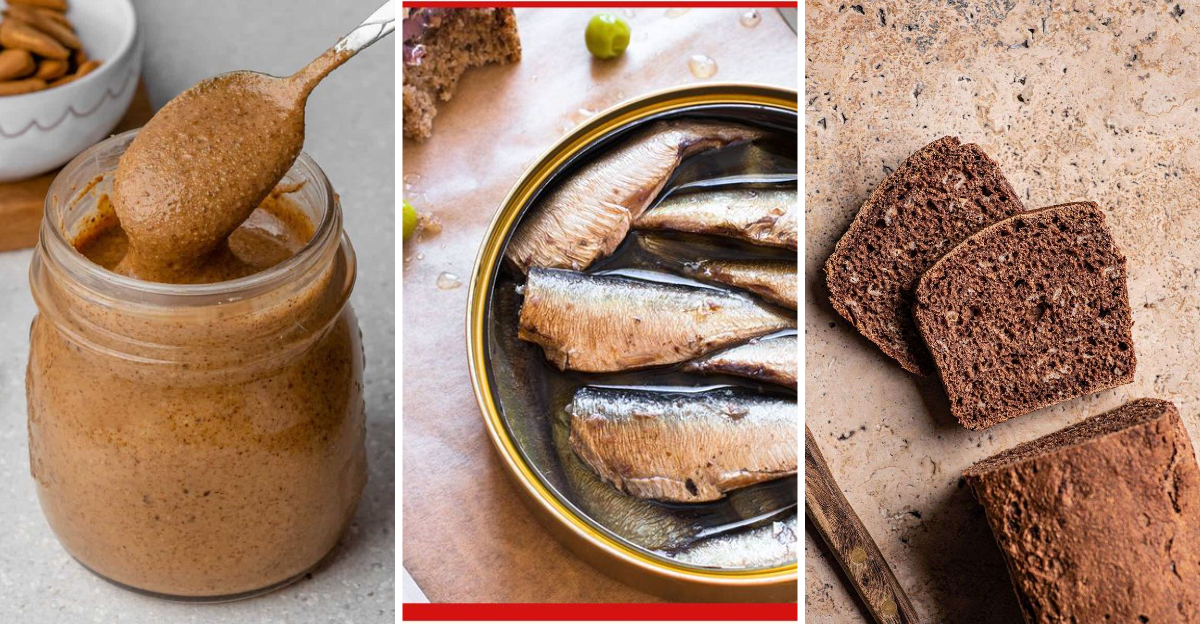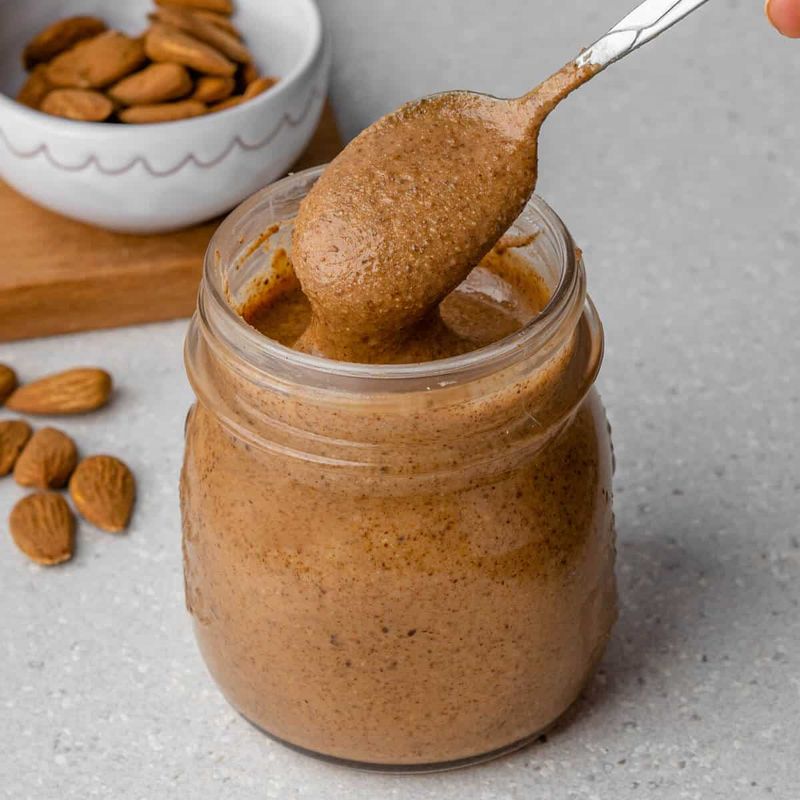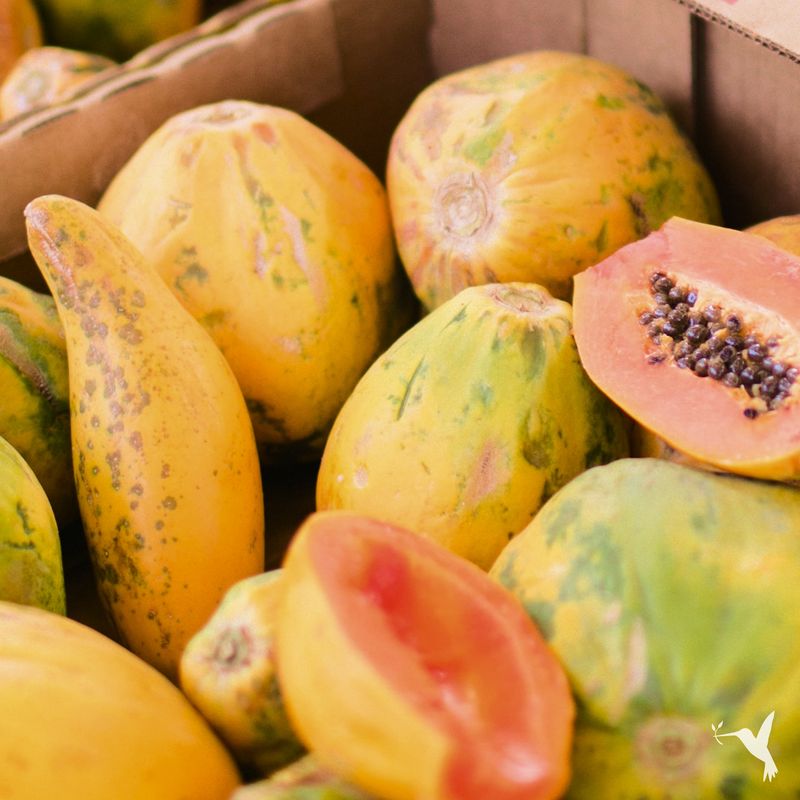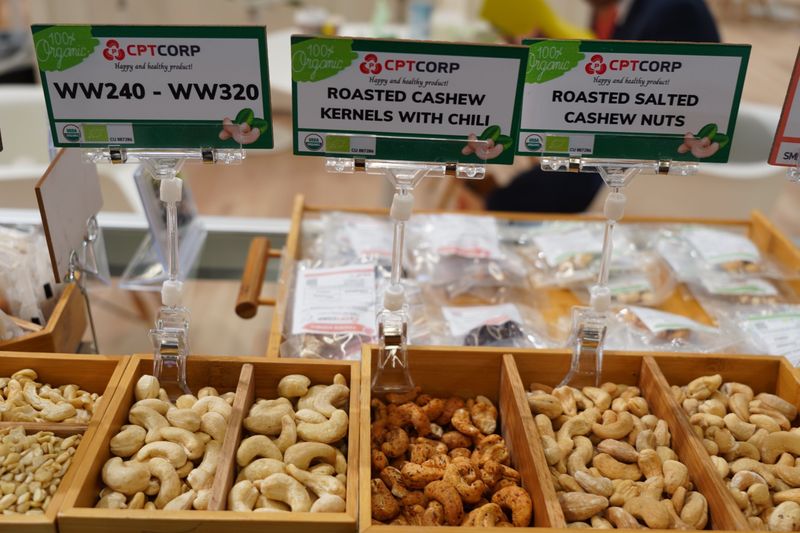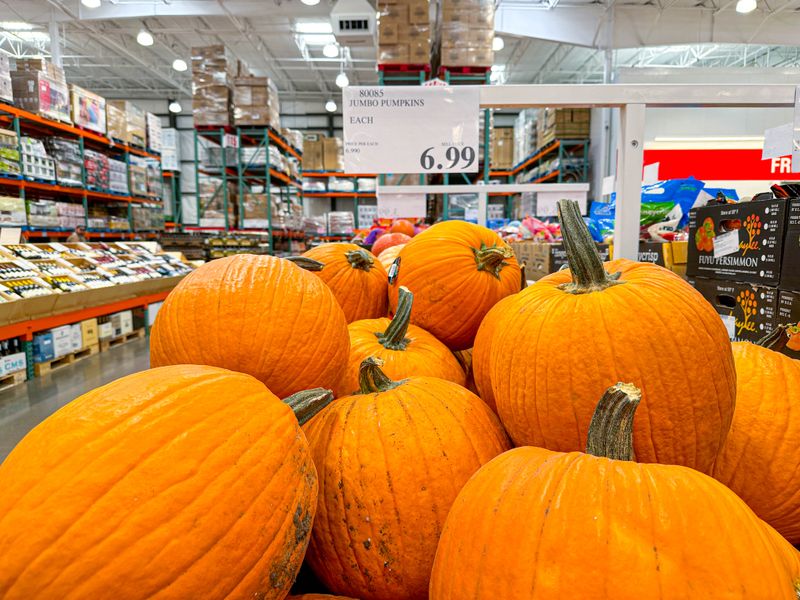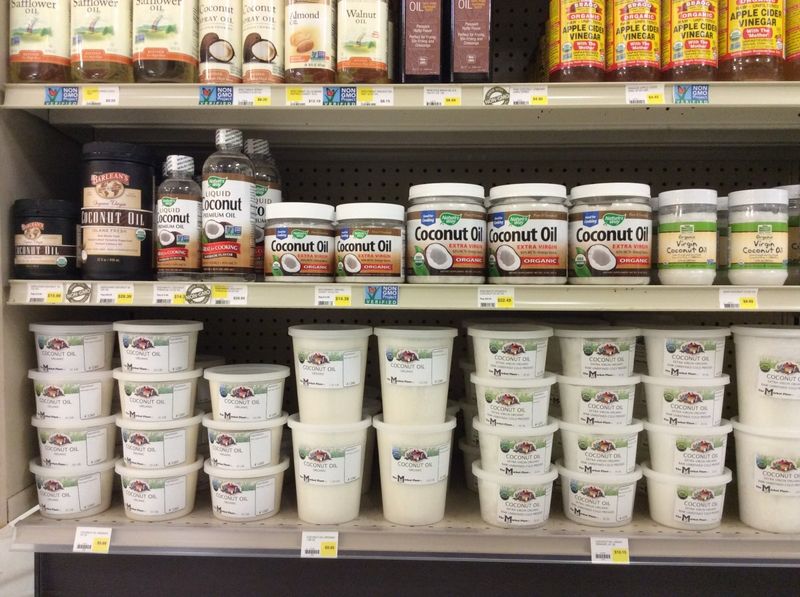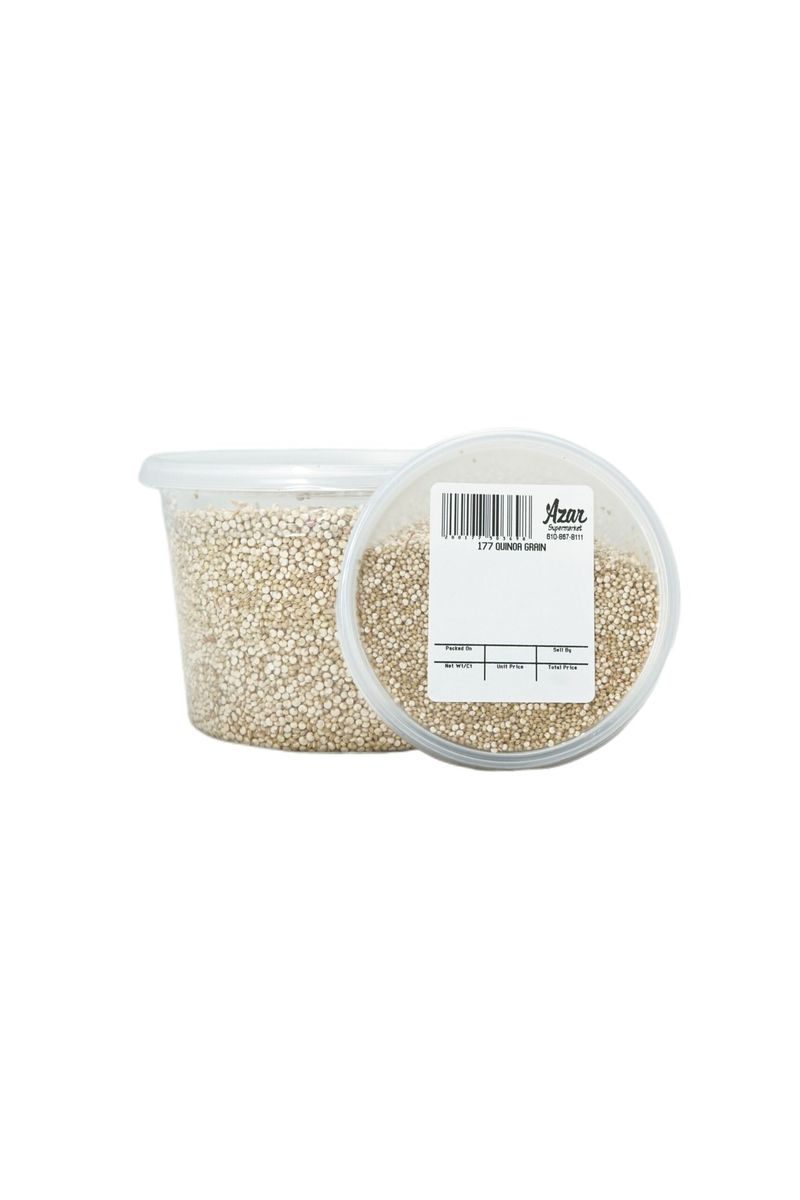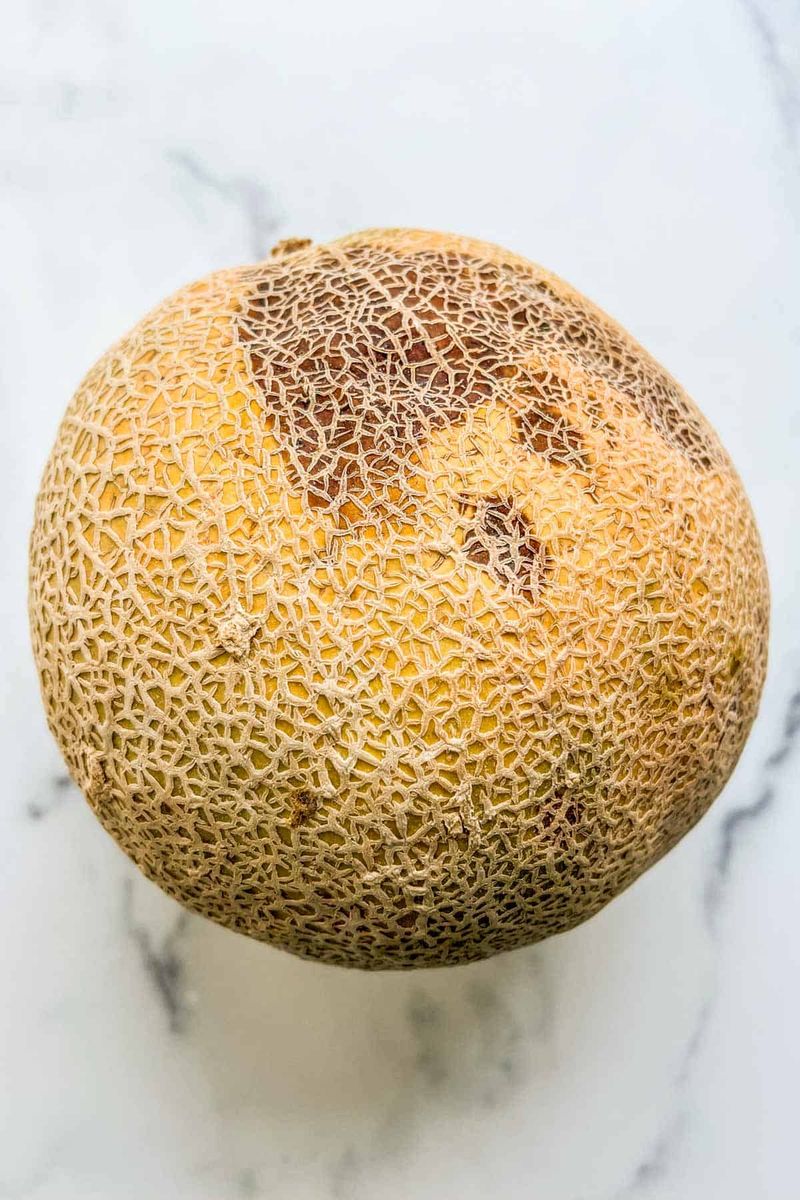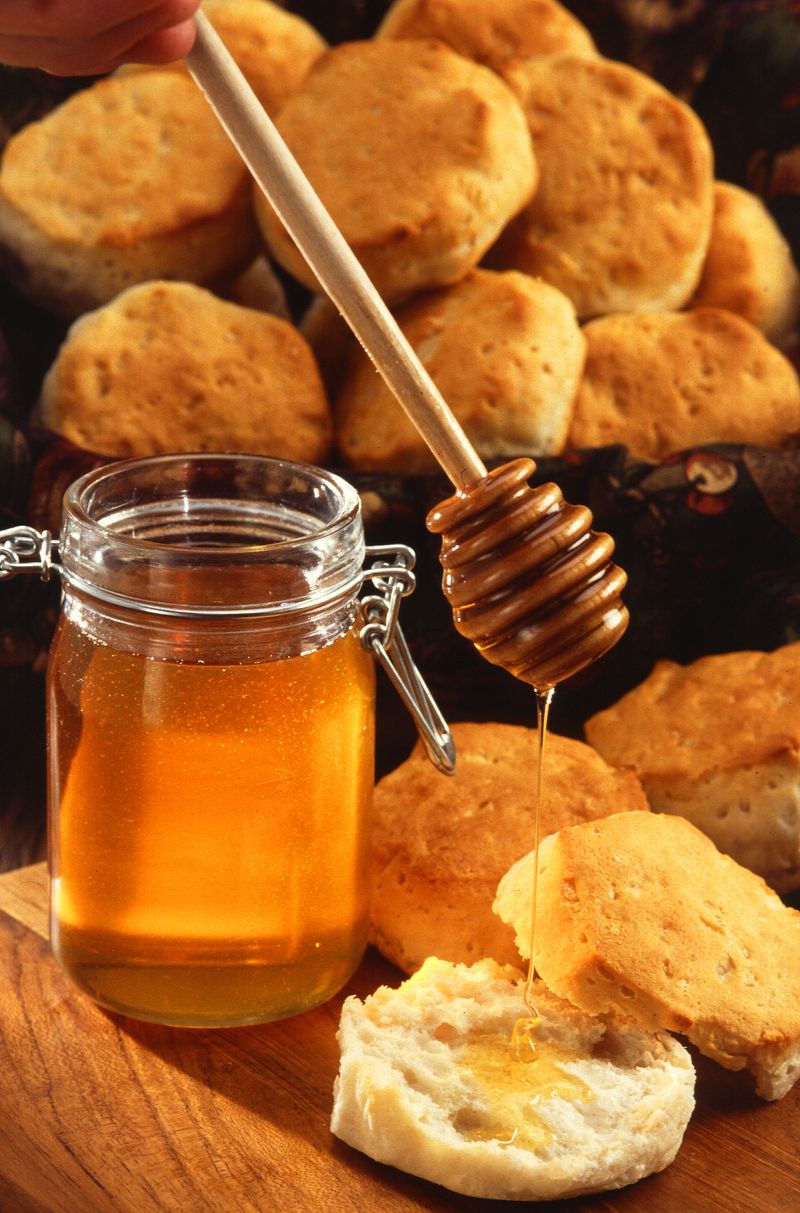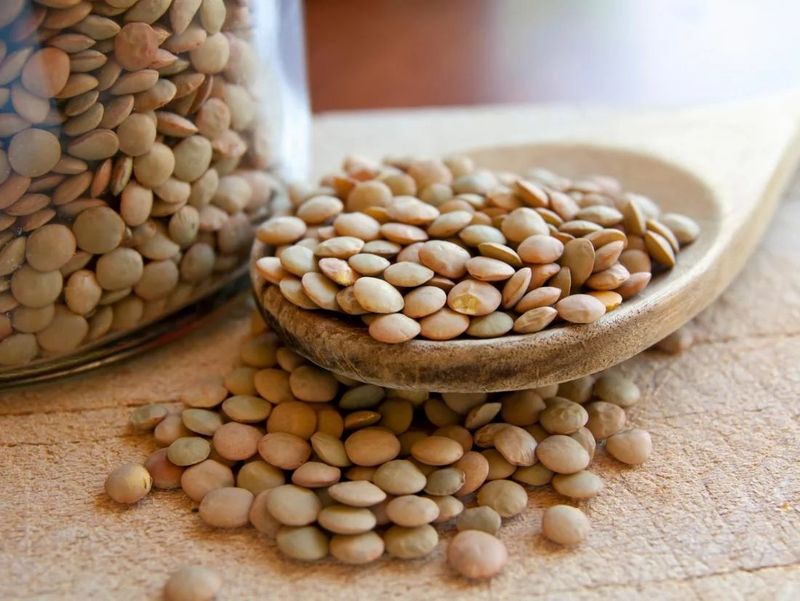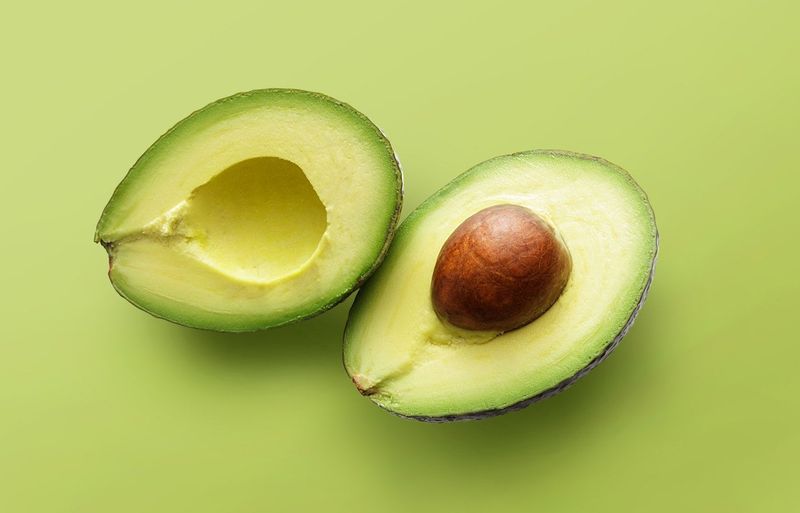In recent times, certain foods have slowly started to vanish from store shelves. This disappearance is often due to changes in the environment, consumer preferences, or economic factors.
Let’s explore 15 foods that might soon become rare finds in your local supermarket. Understanding why these foods are dwindling can help us make mindful choices and perhaps savor these flavors while we still can.
1. Almond Butter
Almond butter, once a popular alternative to peanut butter, is facing a gradual disappearance from store shelves. Water shortages in California, the primary almond producer, have significantly impacted production.
Without enough water, almond crops struggle to thrive, leading to reduced yields. As demand continues to outstrip supply, prices surge, making it less feasible for stores to keep almond butter in stock.
While this situation persists, shoppers might need to explore other nut butter options. It’s a reminder of how environmental factors play a crucial role in our food supply chain.
2. Canned Sardines
Canned sardines have been a staple in many households, providing an affordable and convenient protein source. However, overfishing in the Atlantic and Pacific Oceans has led to a significant decline in sardine populations.
This decline affects the supply chain, making it harder for companies to maintain stock. As a result, canned sardines are becoming less common in supermarkets. For seafood lovers, trying alternative sources of omega-3 fatty acids, such as flaxseeds or chia seeds, might be necessary.
It’s a subtle reminder of the impact of overfishing on marine biodiversity.
3. Rye Bread
Rye bread, known for its dense texture and unique flavor, is slowly disappearing from bakery aisles. The decline in rye cultivation, driven by climate change and farming preferences, has reduced the availability of this grain.
As wheat becomes the predominant crop, rye fields are being converted, leading to a scarcity of rye flour. Bread enthusiasts who cherish the hearty taste of rye bread might need to seek specialty bakeries or try baking at home.
This shift highlights how agricultural trends affect the diversity of our bread selections.
4. Papaya
Papaya, a tropical delight, is witnessing a decline in availability due to a combination of pests and diseases affecting crops. The papaya ring spot virus has devastated orchards, particularly in Hawaii and some parts of Asia.
Growers are struggling to find resistant varieties, leading to decreased production. This decline means fewer papayas in stores, urging fruit enthusiasts to savor them while they last.
The situation underscores the importance of agricultural research and innovation in combating plant diseases.
5. Cashew Nuts
Cashew nuts, a favorite snack and ingredient in various dishes, are becoming scarce due to challenges in major growing regions like Vietnam and India. Climate change, along with labor issues, has affected harvests, leading to a drop in supply.
As cashews become less available, prices spike, making them a luxury item rather than a pantry staple. Consumers might need to explore other nut options or use cashews sparingly.
This trend serves as a reminder of how interconnected global agriculture is with our daily diets.
6. Pumpkin
Pumpkins, synonymous with autumn and festivities, are facing shortages due to adverse weather conditions affecting harvests. Heavy rains and unexpected frosts in key growing regions have led to lower yields.
As pumpkins become less abundant, consumers might notice higher prices and reduced availability, particularly during the fall season. For those who enjoy pumpkin in their recipes, considering alternatives like sweet potatoes can be a viable option.
This scenario emphasizes the impact of climate patterns on seasonal produce.
7. Coconut Oil
Coconut oil, celebrated for its versatility in cooking and beauty routines, is witnessing a decline in supply. Unfavorable weather in the Philippines and Indonesia, leading producers, has impacted coconut harvests.
With fewer coconuts, oil production declines, causing scarcity in supermarkets. Shoppers might need to consider alternative oils like olive or avocado as substitutes. This situation highlights the vulnerability of single-origin products to climate fluctuations and the importance of diversifying our consumption choices.
8. Quinoa
Quinoa, once hailed as a superfood, is facing a reduction in availability due to shifts in global demand and agricultural challenges. Originating in the Andes, quinoa’s popularity has led to overfarming, depleting soil nutrients and reducing yields.
As farmers struggle to maintain sustainable practices, quinoa becomes less accessible, urging consumers to seek diverse grains like farro or millet. This trend reflects the impacts of global food trends on traditional farming practices and the need for balanced agricultural techniques.
9. Cantaloupe
Cantaloupe, a refreshing summer fruit, is gradually disappearing from stores due to disease outbreaks like downy mildew affecting crops. These diseases have hit melon fields hard, particularly in North America.
As growers combat these challenges, cantaloupe production declines, resulting in fewer options for consumers. Those who enjoy this juicy fruit might need to explore alternatives like honeydew. It’s a reminder of the ongoing battle between agriculture and plant diseases, and the need for resilient crop varieties.
10. Honey
Honey, nature’s sweetener, is vanishing from shelves as bee populations face threats from pesticides, habitat loss, and disease. These challenges severely impact honey production globally.
With fewer bees, honey yields drop, resulting in scarcity and higher prices. Consumers might need to ration their honey use or explore alternative sweeteners like maple syrup.
This disappearance serves as a stark reminder of the critical role bees play in our ecosystems and the urgent need for conservation efforts.
11. Vanilla Extract
Vanilla extract, a staple in baking, is becoming scarce due to a vanilla bean shortage. Madagascar, the largest producer, faces challenges from cyclones and theft, disrupting supply.
The scarcity leads to soaring prices and reduced availability in stores. Bakers and chefs might need to consider synthetic vanilla or explore other flavoring agents. This situation underscores the delicate balance between natural resource management and market demands.
12. Lentils
Lentils, a nutritious staple in vegetarian diets, are experiencing a decline in availability due to shifts in global farming priorities. As farmers opt for more profitable crops, lentil cultivation decreases, impacting stock levels.
Those reliant on lentils for protein might need to diversify their diets with other legumes or plant-based proteins. This change highlights the influence of market dynamics on agricultural decisions and the importance of supporting diverse crop cultivation.
13. Maple Syrup
Maple syrup, a sweet favorite, is becoming scarce due to climate change affecting maple tree health and sap production. Warmer winters disrupt the sap flow, leading to lower yields.
As syrup becomes a rare commodity, prices rise, and availability dwindles. Those who cherish this natural sweetener might need to explore alternative syrups or use it sparingly. This situation is a clear reflection of how climate shifts impact traditional food production practices.
14. Black Tea
Black tea, a beloved beverage worldwide, is gradually disappearing due to climate change affecting tea-growing regions. Erratic weather patterns in India and Sri Lanka disrupt harvests, reducing the yield of quality leaves.
With supply dwindling, consumers might need to explore other tea varieties or herbal infusions. This trend is a reminder of the sensitivity of traditional crops to climate variations and the need for adaptive agricultural practices.
15. Avocado
Avocados, once the darling of health enthusiasts, are seeing a decline in availability due to water scarcity and high demand. Major producing regions like Mexico face challenges in sustaining production levels.
As avocados become less accessible, prices increase, pushing consumers to consider alternatives like hummus or guacamole made from peas. This change highlights the delicate balance between consumer demand and sustainable agricultural practices.
